
home I index I latest I glossary I introductions I e-mail I about this site
St Bartholomew, Heigham, Norwich
Read
the captions by hovering over the images, and click on them to
see them enlarged.
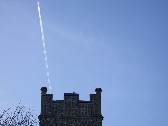
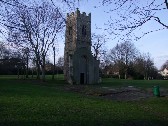
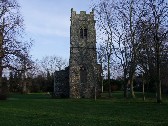
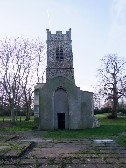
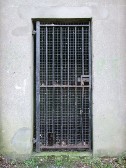
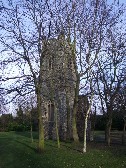
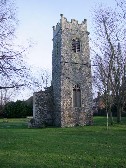
| St
Bartholomew, Heigham, Norwich The parish of Heigham is just about as close as it is possible to be to central Norwich and still be outside the walls, and long before the 19th Century this was a busy place. By the middle of the Victorian era the part of the parish to the north of the Dereham Road was a tightly hemmed area of working class terraces, with street corner shops and pubs, some of which still survive. The area was bound to the north and west by the river, and by the long curve of Waterworks Road, the huge waterworks which served the city also providing one of the district's employers. The parish church for this growing area was not only enlarged at this time, but also supplemented by new churches: St Philip on Heigham Street, which was demolished in 1975, St Barnabas, and also St Thomas up on the Earlham Road. The overcast skies on the day of George Plunkett's visit to St Bartholomew could not fill the interior with much more than a kind of gloom. It can never have been very bright; with hindsight, one might even say it looks like a sense of foreboding. The font is pretty enough, with its shields depicting the Instruments of the Passion and the Holy Trinity, but at the east end of the north aisle, the organ screen blocks any light from that direction. The end of the south aisle, however, is full of light from the east window above a pretty altar backed by a triptych of the Crucifixion. Large, vague monuments line the chancel, and apart from the font, the only evidence of the medieval days of the church is an angled piscina and the ghost of a sedilia on the south side of the chancel. It was almost three years later, on the night of Monday, 27th of April 1942, that St Bartholomew was pretty much destroyed by German bombing. This was the first of the great Baedeker Raids on the city, when the Germans took revenge on historic British towns and cities for the Allied destruction of Lubeck the previous month. Ironically, the bulk of the violence on this April night happened to the west of the city centre: in St Benedict, along the Dereham Road, and here in Heigham. It was the first serious bombing raid on Norwich for eight months, and people were ill-prepared: of the 340 Norwich citizens killed during the bombing of World War Two, almost half of them died on this night, most in the maze of streets that fringed the north-western line of the city walls.
It is easy to stand beside St Bartholomew today and imagine the church which was once here. The paved outline of the south aisle survives, as does that of the nave beside it. Chancel and north aisle are now gone, but one of the base course stones, probably from the juxtaposition of north aisle and chancel, is still there. It is not a particularly attractive ruin: a park bench and a rubbish bin suggest a municipal recreational purpose, but in fact this is rather a lonely spot, and it wouldn't take much for it to become overgrown if it was neglected. A children's play area in the north-west corner of the park seems an unlikely companion for it. And there are other ghosts that survive from before the Blitz. At the Waterworks Road entrance, the original gate posts are still in situ. And St Bartholomew's Close itself still survives, an unpaved lane of substantial 19th Century houses lining the way up which most parishioners must have come on a Sunday. After the bombs, the congregation took over the old Heigham Methodist church a couple of hundred yards further up Nelson Street, and remained there into the first few years of the 21st Century. Today, St Barnabas is the parish church for this area.
|
Simon Knott, February 2009
You can see thousands of George Plunkett's other old photographs of Norwich on the Plunkett website
Amazon commission helps cover the running costs of this site.
home I index I latest I introductions I e-mail I about
this site I glossary
Norwich I ruined churches I desktop backgrounds I round tower churches
links I small
print I www.simonknott.co.uk I www.suffolkchurches.co.uk